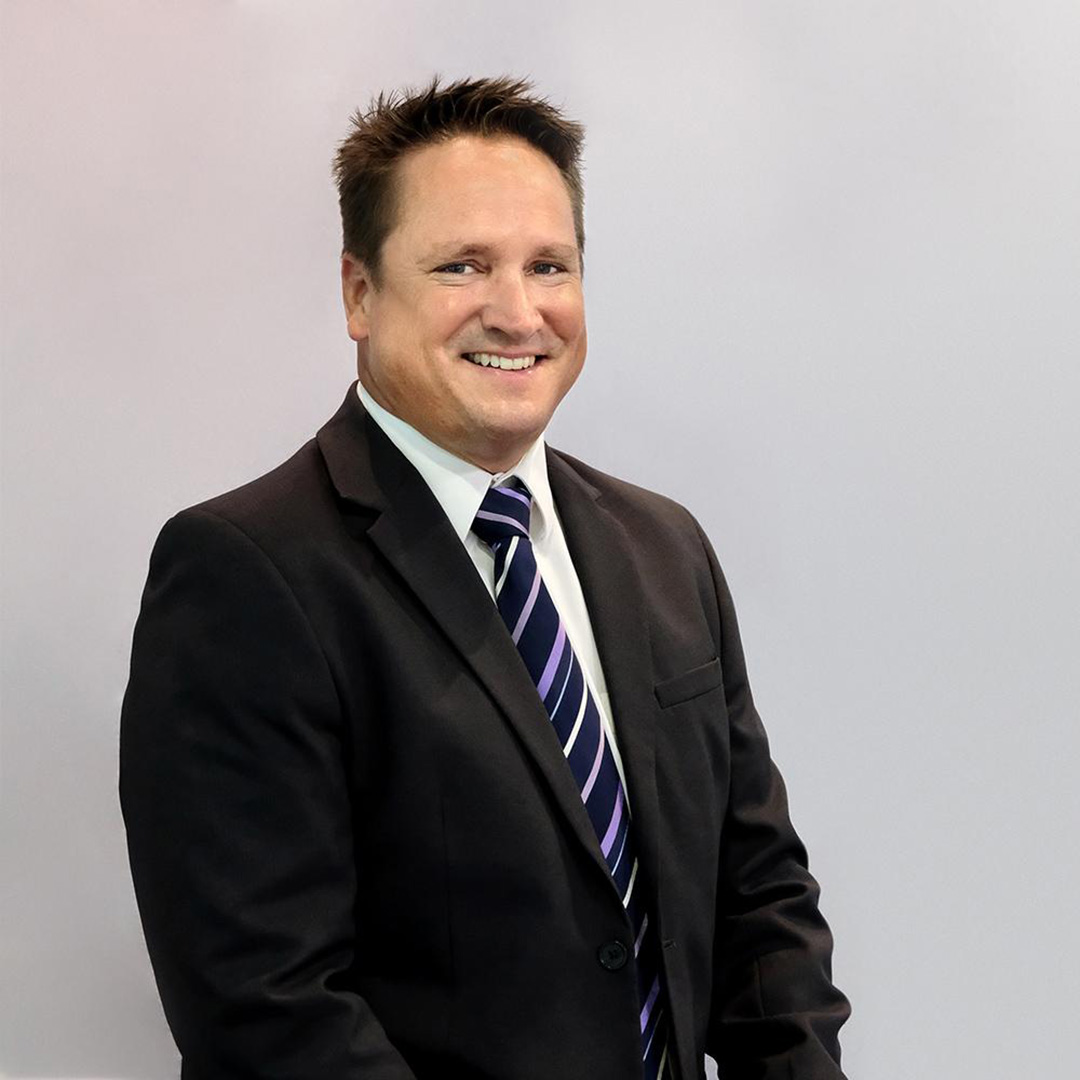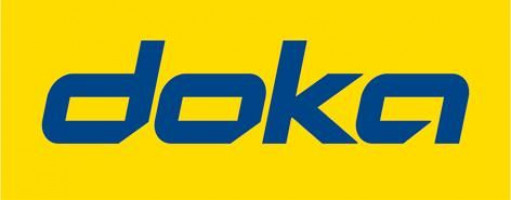-
Malaysia
Copyright © 2025 Powered by BCI Media Group Pty Ltd
Confirm Submission
Are you sure want to adding all Products to your Library?
Contact Detail

Craig Cerff holds a bachelor’s degree as well as a master’s degree in Wood Science from the University of Stellenbosch, South Africa. In addition, he obtained an MBA from the Edinburgh Business School in 2000. In 2018, he joined Doka East Asia & Pacific as Head of Sales. Six months later he took over the Managing Director position at Doka Malaysia. During his previous role, Craig has been responsible for sales across nine local branches and four overseas branches (Namibia, Mozambique, Tanzania and Nigeria). He has more than 14 years of outstanding national as well as international Sales Management experience with Peri in South Africa.
How have Doka’s operations in Malaysia evolved over the years?
Financially, 2018 was a good year for Doka Malaysia. Our top line growth was spectacular and came together with healthy earnings. Furthermore, we secured a number of projects toward the end of 2018. Compared to our competitors, our presence in Kuala Lumpur City Centre was quite limited, but we have now secured seven projects, four in Kuala Lumpur City Centre and three furhter out of the City Centre. Locally, we are mainly focusing on highrise construction however, we are diversifying into the infrastructure industry aggressively. We have secured a number of stations for MRT Line 2 stations which included Kg. Baru North, KLCC East, Tun Razak Exchange and Bandar Malaysia South station, to name a few.
Architects are becoming increasingly creative with building designs. What does this mean for formwork suppliers, and how will innovation change the industry moving forward?
In the Malaysian context, the visual architectural aspects are still not extremelydominant in building designs. Doka was one of the first movers in high-rise construction technology and makes construction easier. Some projects that are architecturally challenging or slightly different, such as PNB 118. PNB 118, a diamond-shaped skyscraper that symbolized the diversity of the Malaysian people. At 2,113 feet (644 meter), PNB 118 will be the tallest building in Malaysia and Southeast Asia when fully completed in the year of 2024. The main challenge is the curvature of the building, which is a diamond-shaped tall skyscraper. With our innovative solutions and advanced technology, it simplifies the construction of the structure with a high safety standard. There are many players in the market, but we are still seen as the leader in high-rise. Besides PNB 118, we have also secured a project in Kuala Lumpur City Centre called KL Metropolis, which is a tall building with verandas and other architecturally pleasing features that will involve some technical challenges.
Besides the existing expertise, Doka creates added value with Virtual Design and Construction (VDC) and Building Information Modelling (BIM) methodology. In VDC/BIM methodology, the entire building is digitally modelled from the beginning to the end before construction even starts. Errors and problems are spotted in the digital twin and eliminated before they can disrupt the progress on construction sites, which will be contributing significantly to the success of the creative building designs.
How do you assess the current shape of Malaysia’s construction sector?
The outlook for the construction industry in Kuala Lumpur and all around the country is incredible. The large cities and metropolitan areas are experiencing an astronomical amount of construction. Malaysia is not afraid to think big with high-rise buildings and elevated highways, and it is a fantastic example of what can be done
in a developing country. The development here has been enormous, both from a building and infrastructure perspective. There is still a 4% growth rate projected for the country over the next two years, followed by a further increase. The elections in 2018 were a massive change for the country, and have had an impact on the confidence in the construction industry. It has put a dampener on the enthusiasm among contractors, who have a bit of a wait-and-see approach now. However, in my opinion, the construction sector is in slow recovery and getting back on track in overall.
What are your plans and strategic objectives for 2020?
Diversification is the keyword in our strategy going forward. One form of diversification will be geographic, mainly by strengthening our sales team and putting the right tools and resources in place to be able to tackle more projects in East Malaysia, particularly in infrastructure. We also want to diversify into the scaffolding market as the government is enhancing its safety specifications. This is an opportunity for us, because our modern scaffolding system DokaScaff, which we launched end-2018, is up to the highest safety standards for access systems as well as forming and reinforcing works. We believe that we are on the right track for continued growth.



